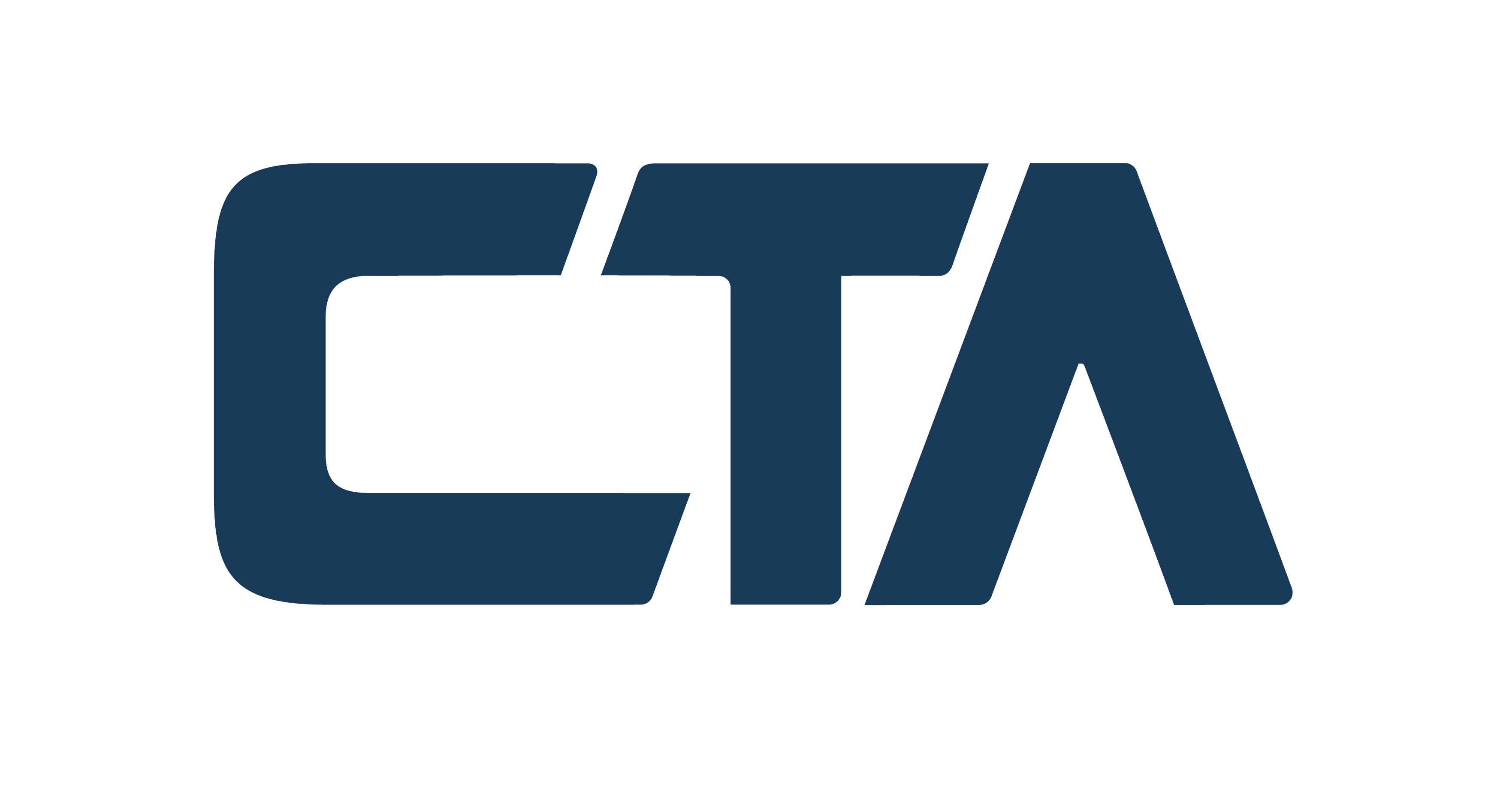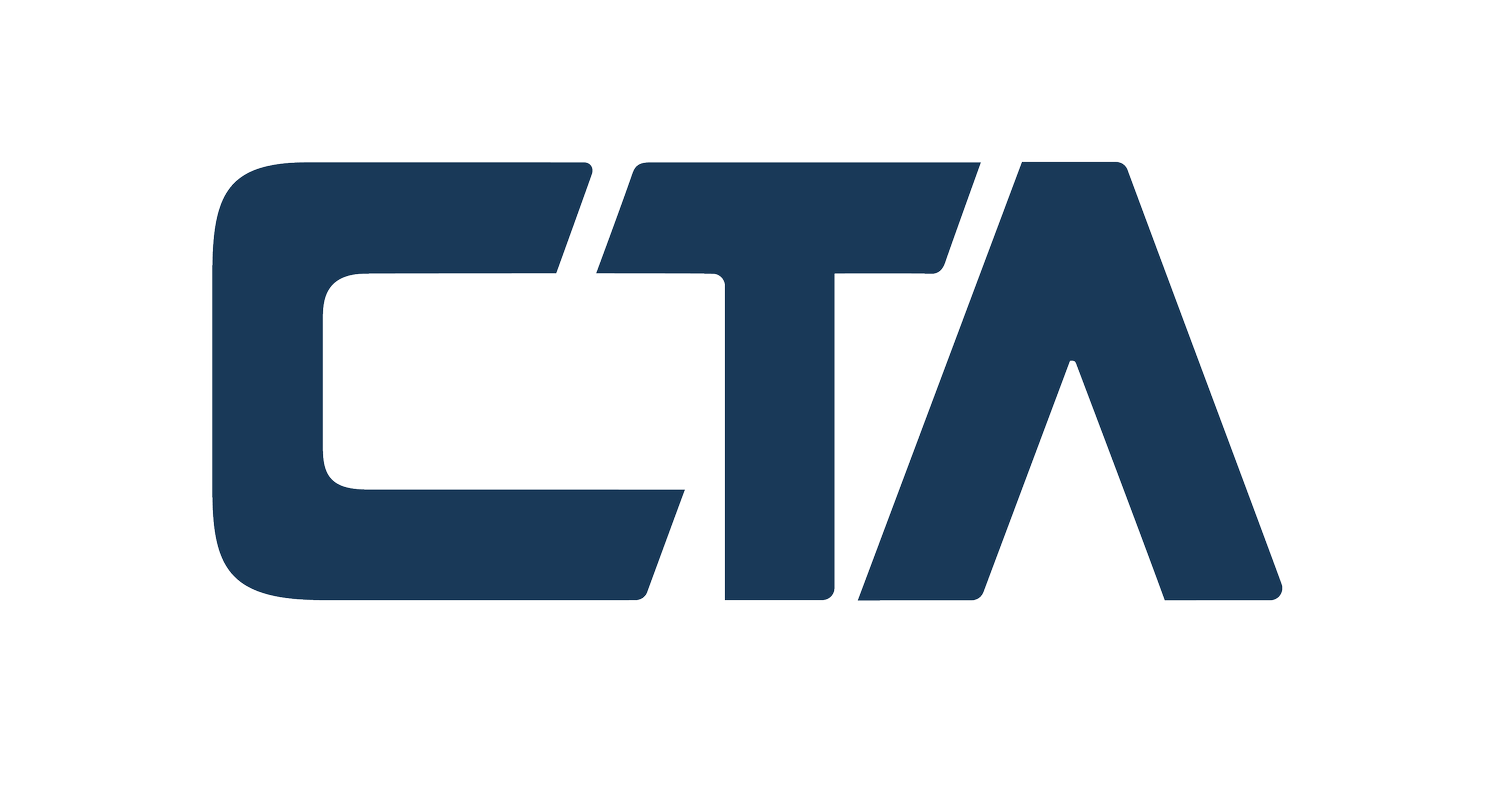The recent legislative move to repeal Section 174 of the Internal Revenue Code has generated significant buzz among business owners, accountants, and tax professionals and it may be worth your while to consult with an R&D tax expert to be sure your filings and cash flow projections will be accurate.
This change, which impacts how research and development (R&D) expenses are treated for tax purposes, marks a substantial shift in the tax landscape. Note that the R&D four part test for eligibility is not impacted.
In this blog post, we will delve into the implications of the Section 174 repeal, exploring its effects on businesses and the broader economy. Discover the significance of asking the right questions to gain insightful answers, as emphasized in Section 174.
What is Section 174?
Section 174 of the Internal Revenue Code allows businesses to deduct research and development (R&D) expenses in the year they are incurred. This provision has been instrumental in encouraging innovation by reducing the financial burden on companies investing in new technologies and processes.

By allowing immediate deductions, Section 174 has provided an incentive for businesses to pursue R&D activities, fostering technological advancement and economic growth.
The Repeal of Section 174: An Overview
The Section 174 repeal means that businesses can no longer immediately deduct their R&D expenses. Instead, these costs must now be capitalized and amortized over a specified period. This change was introduced as part of the Tax Cuts and Jobs Act (TCJA) of 2017, which initially set the capitalization period at five years for domestic R&D expenses and 15 years for foreign R&D expenses. The repeal officially took effect in 2022, creating new challenges for businesses accustomed to the previous deduction regime.
Implications for Businesses
Increased Tax Liabilities
One of the most immediate impacts of the Section 174 repeal is the increase in tax liabilities for businesses. By requiring R&D expenses to be capitalized and amortized, companies will no longer benefit from the immediate tax relief previously provided by direct deductions. This change can significantly affect cash flow, particularly for smaller businesses and startups that rely heavily on R&D activities and have limited financial resources. Gain a deeper understanding of the federal R&D tax credit and how it can benefit your business by supporting innovation and reducing tax liabilities.
Strategic Shifts in R&D Investment
With the repeal of Section 174, businesses may need to reconsider their R&D investment strategies. The delay in tax benefits could lead some companies to scale back their R&D efforts, potentially slowing down innovation and development. Alternatively, businesses might seek out other tax incentives or credits to offset the increased tax burden, such as the R&D tax credit, which remains available and can provide some financial relief.
Impact on Competitive Advantage
For companies that depend on rapid innovation to maintain a competitive edge, the repeal of Section 174 could pose a significant challenge. The increased costs associated with R&D could hinder their ability to innovate quickly and effectively, potentially allowing competitors, especially those in countries with more favorable R&D tax policies, to gain an advantage.
Broader Economic Effects
Innovation and Economic Growth
The repeal of Section 174 could have broader implications for the economy as a whole. R&D activities are a critical driver of innovation, leading to new products, services, and technologies that fuel economic growth. By increasing the cost of R&D, the repeal could slow the pace of innovation, potentially affecting economic growth and competitiveness on a global scale. Learn how Section 174 can significantly impact the growth and sustainability of technology startups by encouraging innovation and providing financial relief through R&D tax deductions.
Policy Responses and Future Legislation
In response to the potential negative impacts of the Section 174 repeal, there have been calls for legislative action to either restore the immediate deduction of R&D expenses or introduce new incentives to support innovation. Policymakers are keenly aware of the importance of R&D for economic vitality, and future legislative changes may be aimed at mitigating the adverse effects of the repeal.
Navigating the New R&D Tax Landscape
Planning and Compliance
Businesses must now navigate the complexities of the new R&D tax landscape. This involves meticulous planning to manage the capitalization and amortization of R&D expenses, as well as ensuring compliance with the updated tax regulations. Engaging with tax professionals and advisors is crucial to effectively manage these changes and optimize tax strategies. Understand the four-part test for qualifying for the R&D tax credit, which helps determine the eligibility of your business activities for valuable tax incentives.
Leveraging Available Incentives
Despite the repeal of Section 174, other R&D incentives remain available. Businesses should explore all available tax credits and deductions, such as the R&D tax credit, to reduce their tax liabilities and continue supporting their innovation efforts. Staying informed about potential legislative changes and new incentives is also essential for maximizing benefits.
Conclusion
The repeal of Section 174 represents a significant shift in the treatment of R&D expenses, with far-reaching implications for businesses and the broader economy. While the increased tax burden poses challenges, businesses can adapt by carefully planning their R&D investments and leveraging available incentives. As policymakers continue to evaluate the impact of this change, future legislative adjustments may provide additional relief and support for innovation. Staying informed and proactive will be key for businesses navigating this evolving landscape. Explore our comprehensive guide on navigating the R&D tax credit amortization in 2023 to maximize your business’s tax benefits and support innovation efforts.
If you’d like to discuss this issue on behalf of your or a client company, please schedule a convenient free consultation with our tax credit advisors.









